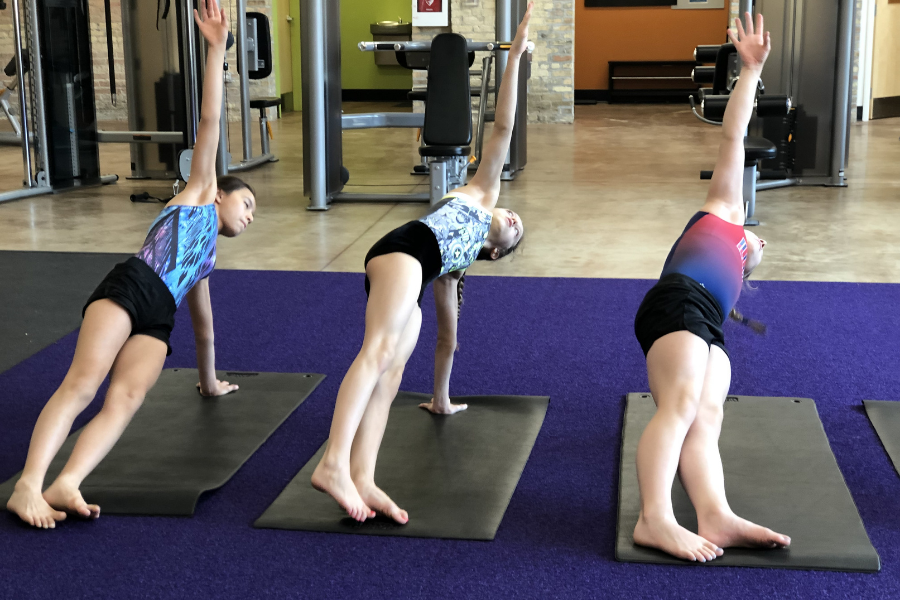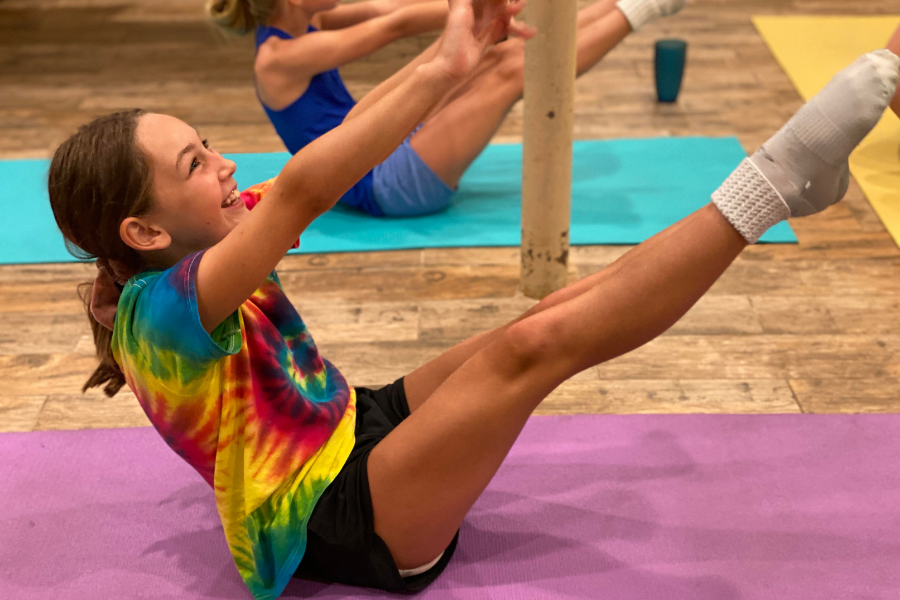Unlike most other sports there is no real off-season in gymnastics. But it’s important to let your mind and your …


Unlike most other sports there is no real off-season in gymnastics. But it’s important to let your mind and your …

Recovery is crucial after an intense and exhausting competition season. Look no further for a few tips that will help …